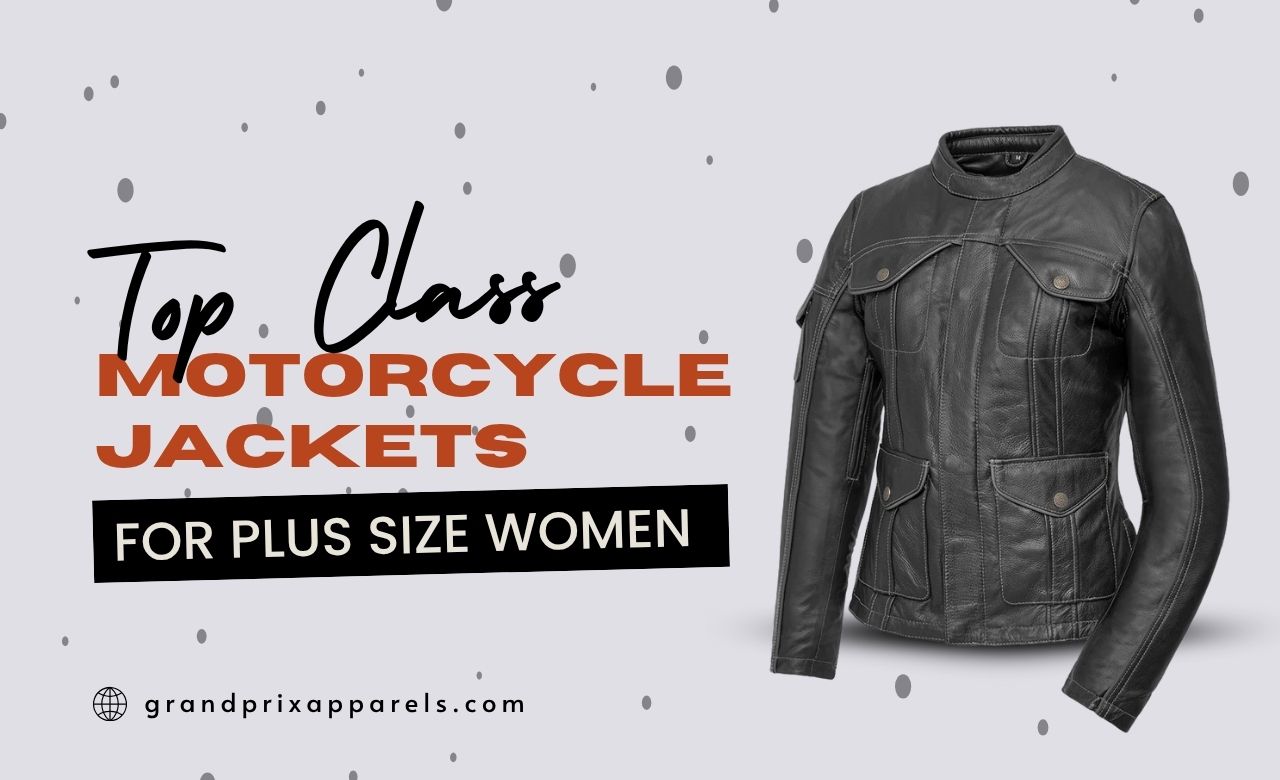
10 Christmas Gifts for Motorcycle Riders in 2025
Motorcycle riders live for the road, and Christmas is the perfect time to celebrate their passion. A well-chosen gift can add comfort, style, and convenience

Motorcycle leather vests are a staple of biker culture, offering a blend of functionality, durability, and timeless style. Whether you’re riding for leisure, making a statement, or both, selecting the right materials and craftsmanship is crucial for longevity and comfort. In this article, we will dive deep into the best materials, stitching techniques, styling tips, maintenance advice, and frequently asked questions about motorcycle leather vests.
The longevity of a motorcycle leather vest depends largely on the material used. Here are the top choices
A motorcycle vest isn’t just functional—it’s a key part of your look. Here are some styling tips to elevate your biker aesthetic:
While the leather itself forms the foundation of a motorcycle vest, the stitching is the backbone that holds it all together. Poor stitching can lead to weakened seams, frayed edges, and ultimately, a shorter lifespan for your vest. High-quality stitching ensures durability, enhances aesthetics, and provides the structural integrity necessary for a long-lasting and functional vest. Let’s explore the key features of good stitching and why they matter.
1. Reinforced Seams:
Double or triple stitching along stress points like shoulders, sides, and armholes is essential. These areas experience the most movement and strain, so reinforced seams help distribute pressure evenly, preventing splits and tears.
2. Even Stitching:
Uniform stitching ensures there are no weak spots. Irregular or loose stitches are prone to unraveling, leading to compromised strength and structural integrity.
3. Heavy-Duty Thread:
Using nylon, polyester, or Kevlar threads is a hallmark of quality stitching. These threads are resistant to wear, moisture, and UV damage, making them ideal for motorcycle gear that’s exposed to various conditions.
4. Bar Tacking:
Bar tacking involves sewing multiple short stitches over high-stress areas, such as the tops of pockets or near zippers. This technique reinforces these points and prevents them from tearing, even under frequent use.
5. Lining Attachment:
The lining must be securely attached with high-quality stitching to prevent it from sagging or bunching. Properly stitched linings not only add comfort but also maintain the vest’s shape and structure over time.
6. Seam Placement:
Strategically placed seams minimize friction and wear during rides. Flat-felled seams or hidden seams offer added strength while reducing bulkiness, contributing to both durability and comfort.
To keep your leather vest in top condition:
Measure your chest and waist accurately. The vest should fit snugly but allow room for layering.
Yes, but apply waterproofing treatments to protect it in rainy weather. For extreme heat, consider a mesh-lined vest for ventilation.
For minor tears, use a leather repair kit. For extensive damage, consult a professional tailor or leatherworker.
Add patches, studs, embroidery, or custom paint for a unique look. Make sure any additions are securely attached to avoid compromising the material.
With proper care, a high-quality leather vest can last over a decade, making it a worthwhile investment.
Selecting the right material and ensuring proper care are key to enjoying a long-lasting motorcycle leather vest. Full-grain and top-grain leathers are top choices for durability and style, while synthetic options offer affordability and ethics. Combine the right material with quality stitching and thoughtful styling to make your vest both functional and fashionable.
For premium motorcycle leather vests designed to last, explore Grand Prix’s exclusive collection. Ride in comfort and style with gear you can trust!

Motorcycle riders live for the road, and Christmas is the perfect time to celebrate their passion. A well-chosen gift can add comfort, style, and convenience

Motorcycle riders appreciate gifts that resonate with their passion, add value to their rides, and offer something distinctive. The right pick strikes a balance between

Motorcycle dads are passionate riders. They thrive on the open road, love the sound of the engine, and enjoy the thrill of every ride. If

The New Year is the perfect time to surprise the biker in your life with a gift that blends excitement, purpose, and lasting value. Riders

Riding together is more than just a hobby; it’s a way to bond, explore, and create memories on the open road. Matching motorcycle jackets are

Every rider deserves gear that fits well, looks great, and feels comfortable, no matter the size. For plus-size women riders, finding the perfect motorcycle jacket
70 Pitman Ave, Fords, New Jersey, US
info[at]grandprixapparels.com
custom[at]grandprixapparels.com

Proin ullamcorper pretium orci donec necscele risqueleoam massa dolor imper dietnec consequata congue idsem maecenas malesuada faucibus finibus.
Uluwatu Jimbaran ST, 1919 - Bali, Indonesia
+62 212-345-321
deva@mail.com